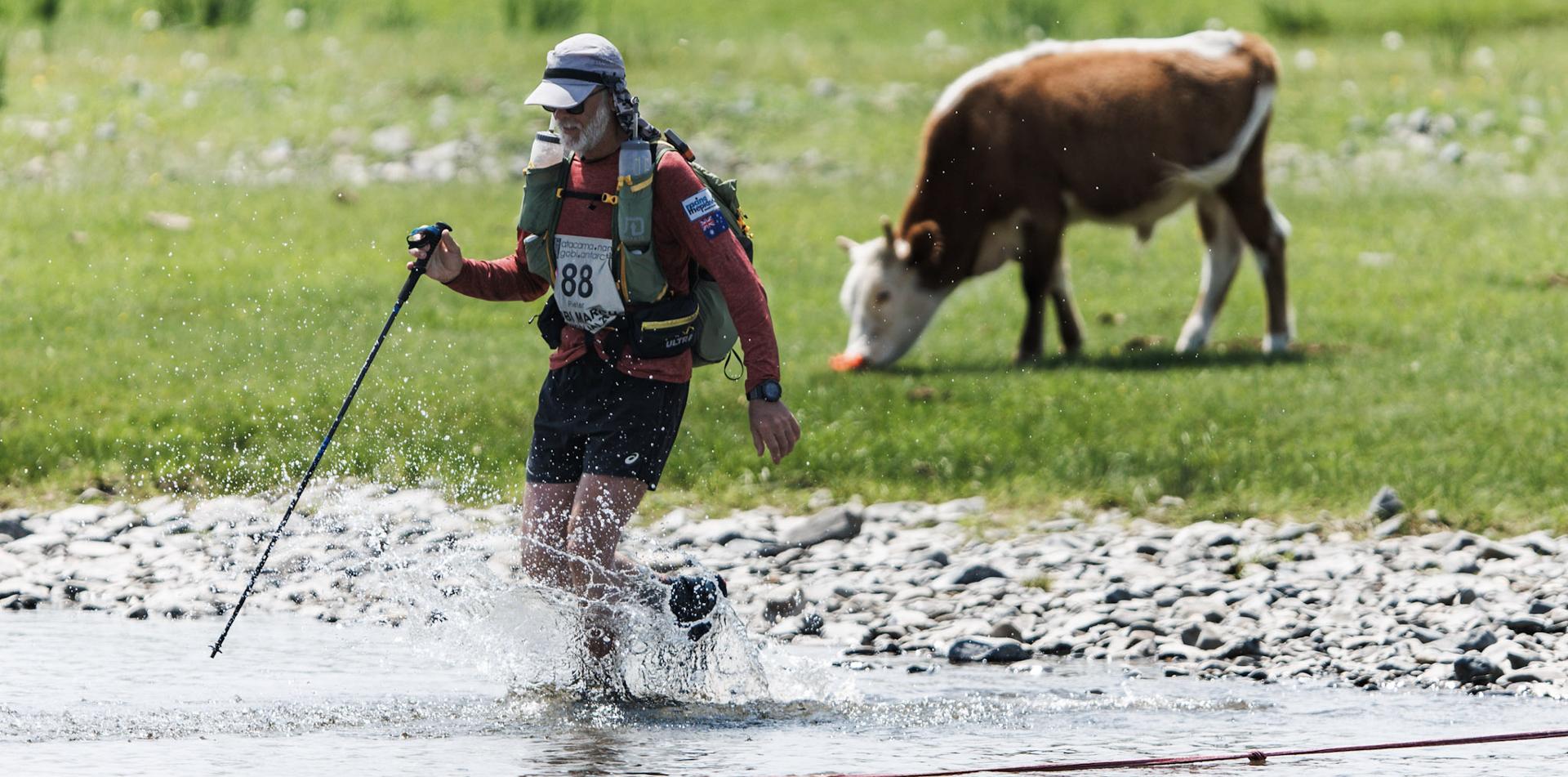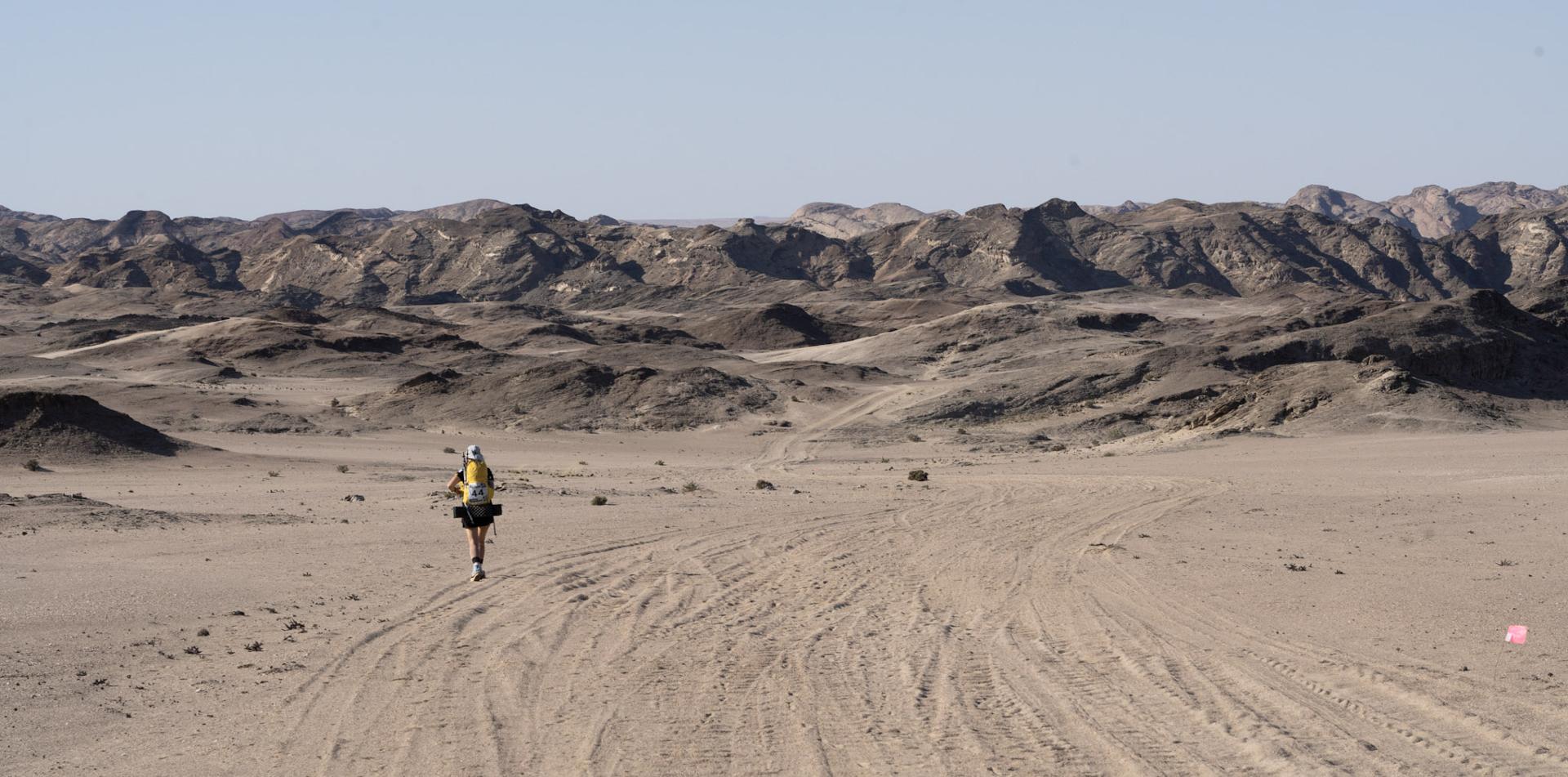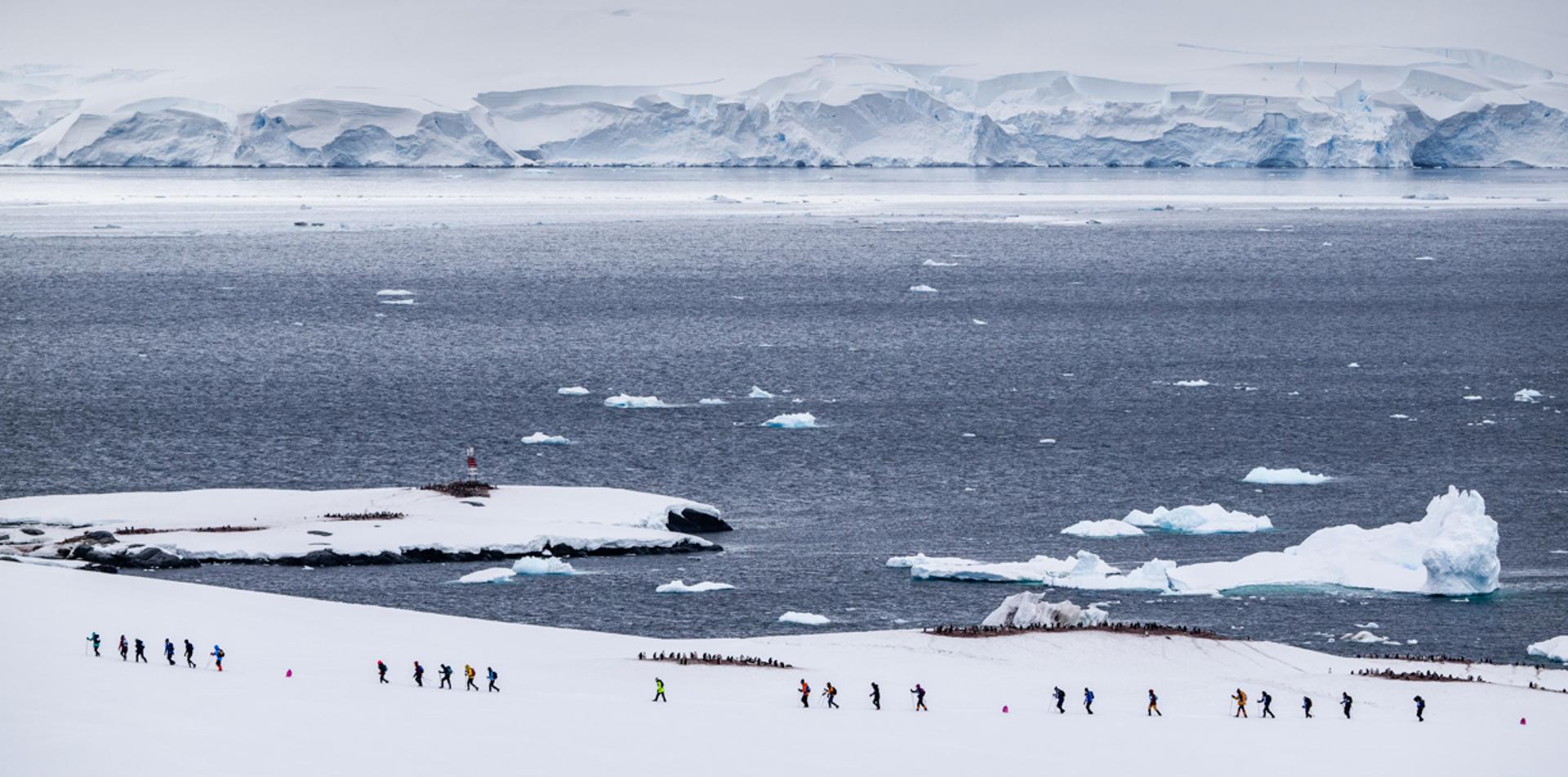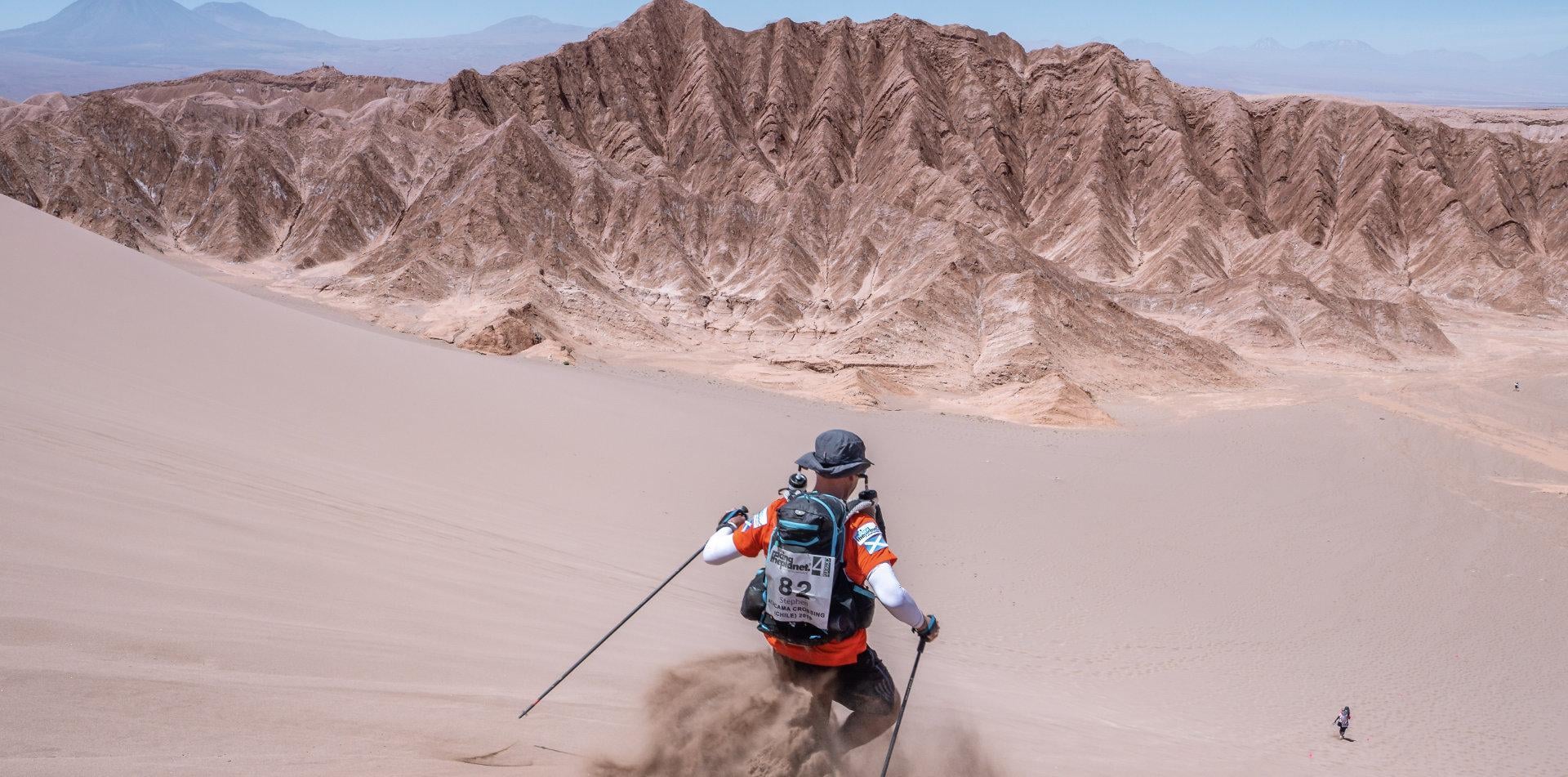Altitude Training – Benefits and Methods
By RacingThePlanet Staff
Altitude Training
All types of runners, (beginners/pros, road/trail), have one thing in common: all look to improve performance on their chosen terrain. Any intervention that offers a small improvement is of interest. This may come in many guises such as a new diet, new nutritional products for in-race use, a different kind of running shoe, or a training technique that promises beneficial physiological adaptation.
While the jury is still out for a number of these issues (paleo versus vegan, high mileage versus low mileage, and the infinite variations on these themes), the scientific community is almost unanimous in its understanding of the benefits of high altitude for athletes.
Most runners are aware of this concept. World-class athletes often attend high-altitude training camps in Kenya and Ethiopia leading up to the Olympic Games. This is not a new idea although this concept has been taken a step further by the Nike Oregon Project led by head coach Alberto Salazar. The group utilizes the best technology available, including a specially designed house in Oregon where a number of the group's runners live. The house is special in that the air within is less oxygen-rich than the air outside. In turn, residents have the perfect opportunity to live high and train low by mimicking the hypoxic conditions faced at altitude, while outside the front door the athletes are back at sea level.

Altitude Training Strategies
Live High, Train Low (LHTL):
Here the athlete 'lives high', either at altitude or with the help of an altitude tent, but does their training at a lower altitude, either by traveling down from their high altitude accommodation or by leaving their altitude tent/house.
Live High, Train High (LHTH):
As above, the athlete 'lives high' but also trains high. This can be simply training at their already high-altitude position or by continuing to use altitude tents and masks while training inside on treadmills and other exercise equipment.
Live Low, Train High (LLTH):
The complete reverse of live high, train low. The athlete lives at or closer to sea level than they train.
Which Strategy for You?
The arguments for and against each protocol relate to what an athlete is looking to achieve from the intervention. The LHTL philosophy carries the most research backing it up, although it is by no means unanimous. The general concept is that the athlete produces more oxygen carrying red blood cells to cope with the reduced oxygen levels that are being experienced. The athlete trains low in order to keep the training sessions high in intensity/quality as there is no restriction to oxygen uptake. This training might be employed by someone who is looking for that boost in red blood cell and hematocrit levels, with their event/race day at lower altitude.
The LHTH philosophy is not favored by many but may be the choice of those looking to prepare for races/hikes/climbs located at higher altitude. Some research suggests that the LLTH method may help in some cases/sports too. Research has shown that this type of training might be beneficial for athletes returning to lower altitudes to play team sports including multiple sprints such as soccer, rugby or hockey.
What This Means for Us
For the ultra/trail runners among us, the LHTH technique can help if we are looking to compete in a race that is primarily at altitude. If our target race happens to be Leadville 100, Atacama Crossing or Mustang Trail Race then a period of total immersion at altitude may be our best choice.
In all other cases the LHTL philosophy is our best course of action. The ability to run to our full capacity in training will help us promote the positive physiological adaptations we continuously strive for. If, while doing this, we can also increase our red blood cell count and have these same red blood cells become more efficient at unloading oxygen where it is needed, then we will have a greater ability to push our body further and faster come race day.
Methods
As we’ve already hinted, there are two methods of carrying out altitude training, whether we opt for LHTH or LHTL. In both cases we would probably consider it preferable to be at a naturally high altitude whether we are ‘living high’ or ‘training high’. This ‘ideal world’ solution may not always be practical though.
In the LHTH strategy it is possible to spend all day in an altitude tent or house similar to the one mentioned above, but is surely not a plausible or attractive proposition for many. We would instead choose a convenient location to visit in order to do a short blast of LHTH. This might be Taroko Gorge, Taiwan or Dali, China for someone living in Hong Kong, or Chamonix for someone living in Europe. Others may be fortunate enough to have 2000m+ altitude closer to home.
The LHTL strategy requires even more specific planning if attempted in the most natural way as ideally there’d be a convenient way to make it low enough each day to train. This strategy is where the altitude tent/house can become a far more useful tool. With many limiting factors (e.g. time, money, jobs, family) and a whole range of other commitments and responsibilities, it may well be difficult to get away to the ideal location very often. The altitude tent can offer that live-high dimension from inside your own home.







 Newsletter
Newsletter
 Online Store
Online Store





